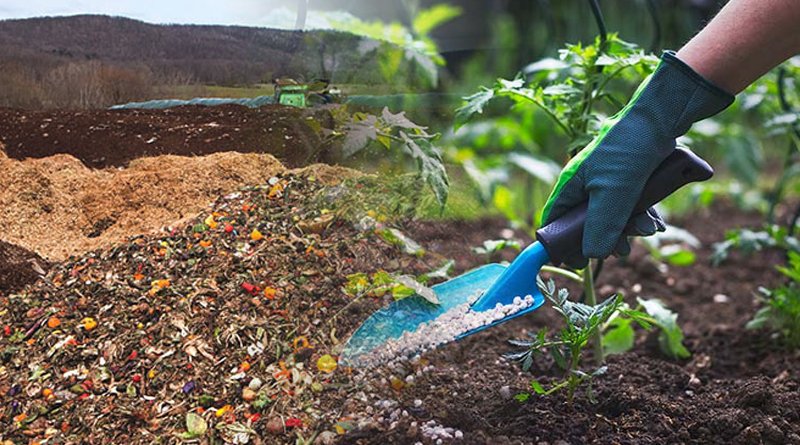According to Dr. Farrukh Raza Amin, “We aim to install the first pilot scale project on campus, utilising the campus food waste”.

Chinese and Pakistani research institutions are collaborating to find new uses for organic waste in Pakistan.
According to Dr. Farrukh Raza Amin, Assistant Professor at the Department of Chemistry at COMSATS University Islamabad (CUI), “We aim to install the first pilot scale project on campus, utilising the campus food waste”.
He has been engaged in research on the anaerobic acidification of organic wastes and the production of value-added chemicals with the Tianjin Institute of Industrial Biotechnology (TIB), Chinese Academy of Sciences (CAS), for more than two years.
“Through the lab-scale experiment, we created strains that produce chemicals from food waste, such as butyric acid, acetate, and propionate.” According to Dr. Farrukh Raza Amin, “these chemicals are extensively used in the food, paint, and pharmaceutical industries.”
In order to conduct a thorough analysis, scientists working on the project also created a database on organic waste in Pakistan that includes the characteristics of the feedstock, methane production performance, and other fundamental information.
The creation of this database will help Chinese and Pakistani researchers conduct research in the area, serve as a crucial foundation for the creation of pertinent policies, and encourage the comprehensive use of organic waste.
The project also adheres to the “energy efficiency and clean energy production practises at industrial scale” outlined in Sustainable Development Goal 7 (SDG-7), which is intended to be accomplished by the year 2030.
Anaerobic digestion (AD) is a commonly used technology that generates biogas and digestate, which is used as fertiliser. However, AD is one of the most complex biochemical processes due to the use of a wide variety of organic wastes and residuals as substrate and the diverse microbial community structure of the bioreactor. As byproducts of the process, hydrogen and volatile fatty acids (VFAs) are produced.
Since these acids are crucial building blocks for many industries that use mixed or purified chemicals, such as those in the food and pharmaceutical industries, the AD process can be bioengineered to produce VFAs in addition to hydrogen, transforming biogas plants into biorefineries that make these value-added products.
The current project’s objectives are to produce and accumulate hydrogen and VFAs, prevent their conversion to methane, and extract the compounds as the end products. Additionally, it aims to create biosynthetic microbes with the desired traits to improve the efficiency of the process.